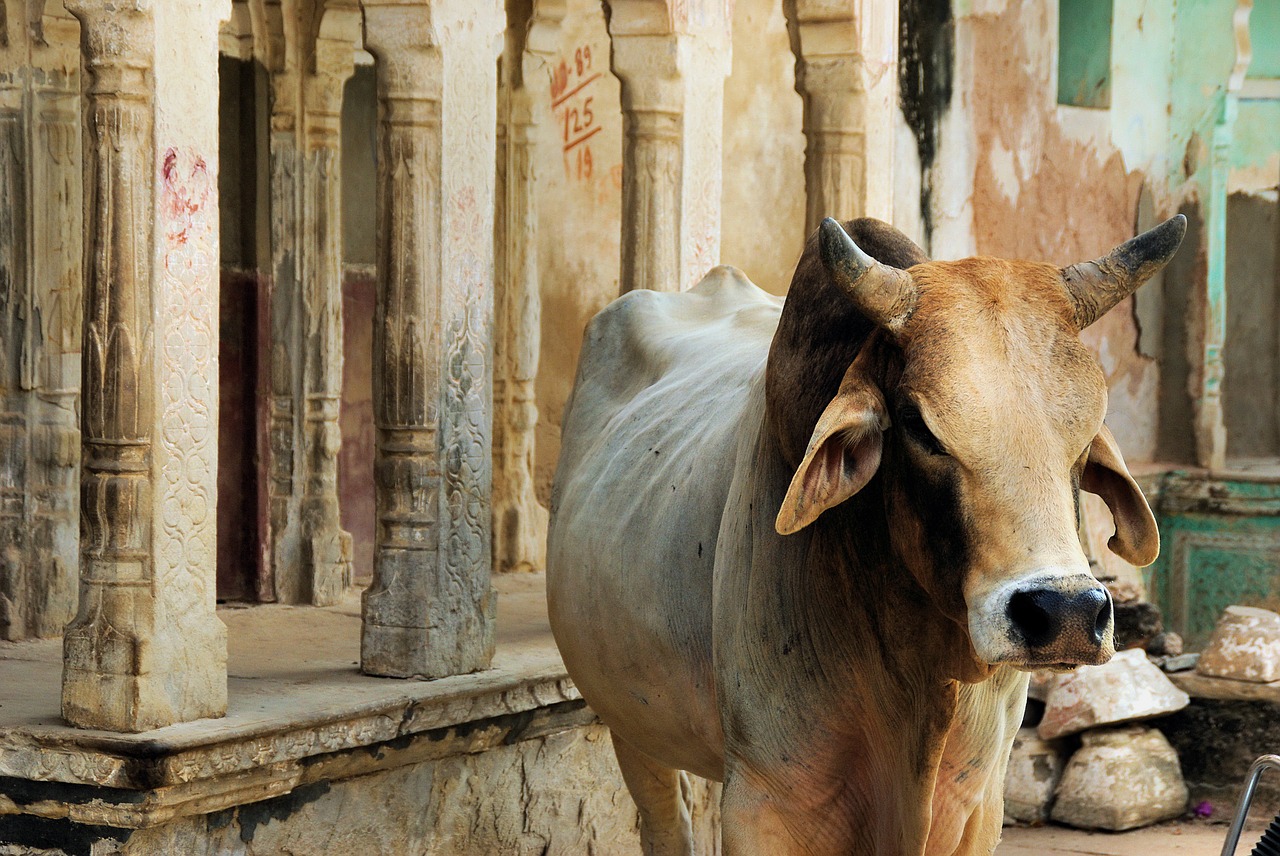
INTERNATIONAL
India’s Mucormysis Increase is Suspected to be Linked to Cow Dung
A recently published article in Medical Press reported on the hypothesis of a potential link of increased cases of mucormycosis to both COVID - 19, and Cow Dung. Mucormysis is a deadly fungal infection that while rare, has an approximately 54% death rate in those infected according to the CDC. Those at risk of disease often have underlying health conditions such as diabetes or on drugs which decrease the immune system. A recent uptick in infections has been linked by others to the combination of COVID-19 and it’s subsequent treatment involving steroids (an immunosuppressant). A recent article in The Lancet notes that this has been especially pronounced in patients who also have uncontrolled diabetes melitus.
During the second wave of COVID-19 (May 2021) India declared a mucormycosis epidemic. While India traditionally has a higher prevalence of the disease compared to the rest of the world, it is usually not at epidemic levels. The Medical Press article notes that the burden of mucormysis was reaching levels as high as 51.8% of patients in some hospitals. While India doesn’t have the highest prevalence of diabetes in the world, it does have 74.2 million adults with the condition. During the second wave of COVID-19 India accounted for 71% of all mucormycosis infections worldwide.
The original study published in The American Society for Microbiology presented the hypothesis that increased cases in India have not only had a link to diabetes and COVID-19, but also to cow excrement. Mucormycosis can often be found in mucorales-rich biomasses, such as cow dung and crop stubble. Burning these types of biomass can release mucormycosis spores into the air, putting people who breathe this at risk of infection. Cow dung has many uses in India such as cooking fuel, incorporation in some religious ceremonies, and is included in some traditional medicines. The study hypothesizes that the increased level of burning and exposure to cow dung compared to other parts of the world may explain the higher prevalence of mucormysis compared to the rest of the world both during the COVID-19 pandemic (due to immunosuppressive treatments), but also historically as well.
NATIONAL
Norovirus Outbreak Linked to Raw Oysters
The FDA issued a press release warning individuals not to eat raw oysters which originated in British Columbia. An investigation is being conducted by the FDA, CDC, Canadian Food Inspection Agency, and Public Health Agency of Canada. The oysters were harvested in the south and central parts of Baynes Sound, British Columbia. Oysters may have been harvested as early as January 31, and it is recommended that they are thrown out
As of March 30, Canadian officials have reported 279 cases of illness and U.S. officials have reported 103 cases linked to oysters sold under the Union Bay Seafood Ltd. brand. The United States outbreak has spread to 13 states according to the CDC. Because norovirus is not a reportable disease, it’s possible the number of illnesses is being under reported. State and local officials are continuing to investigate to determine how large the outbreak actually is. The FDA and states are also conducting “trace forward” investigations to determine where oysters may have been contaminated.
Norovirus is the most common food borne illness in the United States. However, it can also be spread by person to person contact. Symptoms usually begin 1 - 2 days post exposure, but may start as early as 12 hours and generally last 1 - 3 days. Symptoms may include diarrhea, vomiting, nausea and stomach pains. To protect yourself from norovirus it’s recommended to cook food thoroughly, wash hands often, use proper kitchen hygiene, and do not prepare food or care for others when you are sick.
LOCAL
HPAI Outbreak Worsens, Government Takes Action
Highly Pathogenic Avian Influenza (HPAI) continues to spread across the nation. Iowa, Minnesota and South Dakota have been amongst the most impacted states. As the problem has become worse, actions have been taken by both the Minnesota House and Governor Walz.
On March 21 Governor Walz issued Executive Order 22-05. This order was designed to help the industry with efficient movement of commodities and animals during the emergency response effort. The order waives strict enforcement of weight restrictions, and hours of service requirements for truckers. These actions are designed to assist with depopulation efforts, continued delivery of supplies to healthy flocks and allow movement of healthy birds to processing facilities. This allows trucks to make fewer trips and carry more weight in each trip, decreasing the possibility of spread between flocks.
On April 7 the Minnesota House voted to invest $1 million in response to the HPAI outbreak. This funding will go to additional testing supplies and other response efforts including disease surveillance. The Minnesota Board of Animal Health has also issued a month-long ban on poultry sales and exhibitions effective from April 1 through May 1. The H5N1 strain seen in this outbreak poses a low risk to humans and hasn’t entered the food supply. However, it’s still important to follow food hygiene recommendations, such as washing hands regularly and cooking meat thoroughly. For additional information on the outbreak visit the Minnesota Board of Animal Health website.
Medical Press Article
CDC mucormycosis Statistics
The Lancet publication
ASM publication on link to cow dung
FDA press announcement
CDC Information on Outbreak
Food Safety News Article
News Release on Executive Order 22-05
Legislative News Release
MN BOA HPAI page
